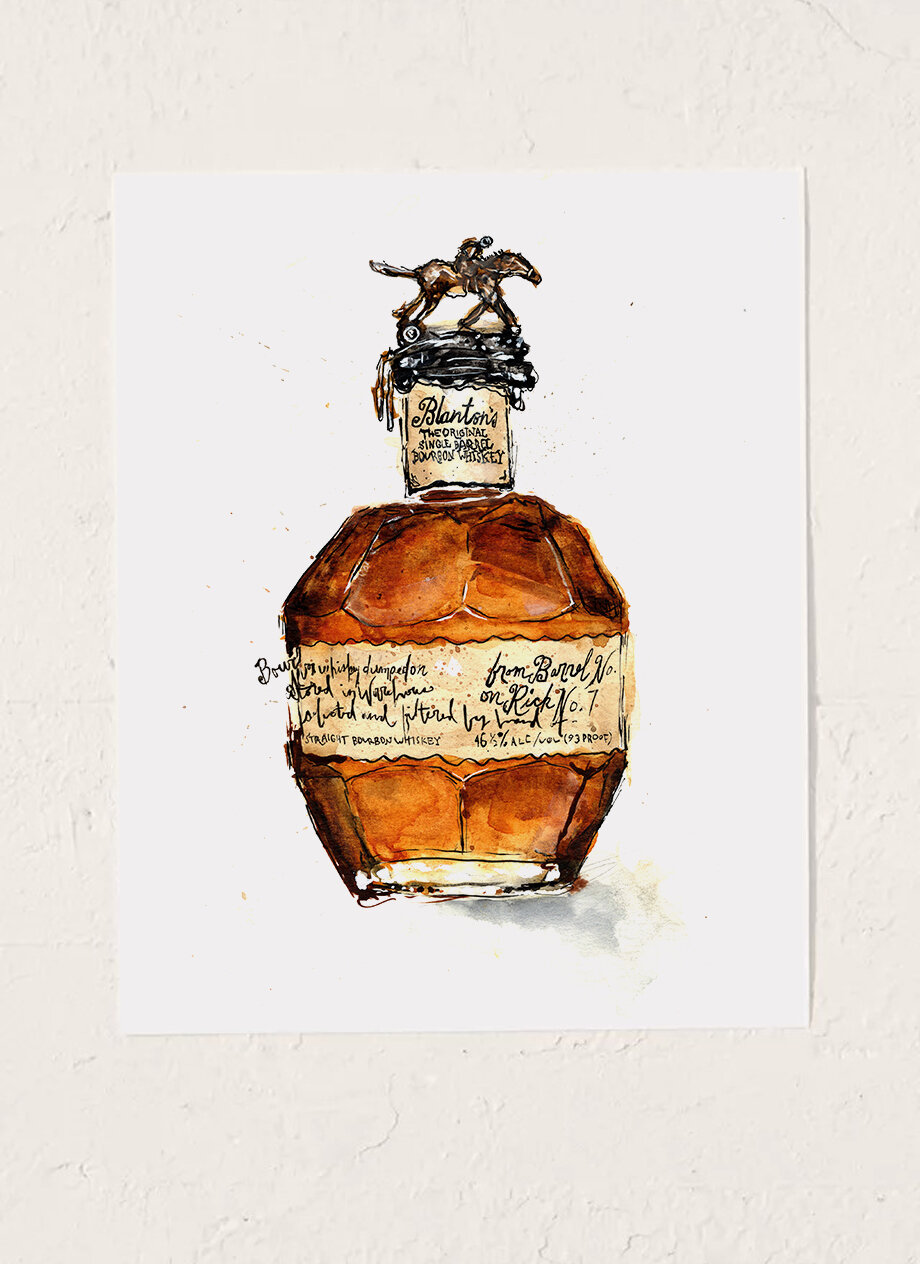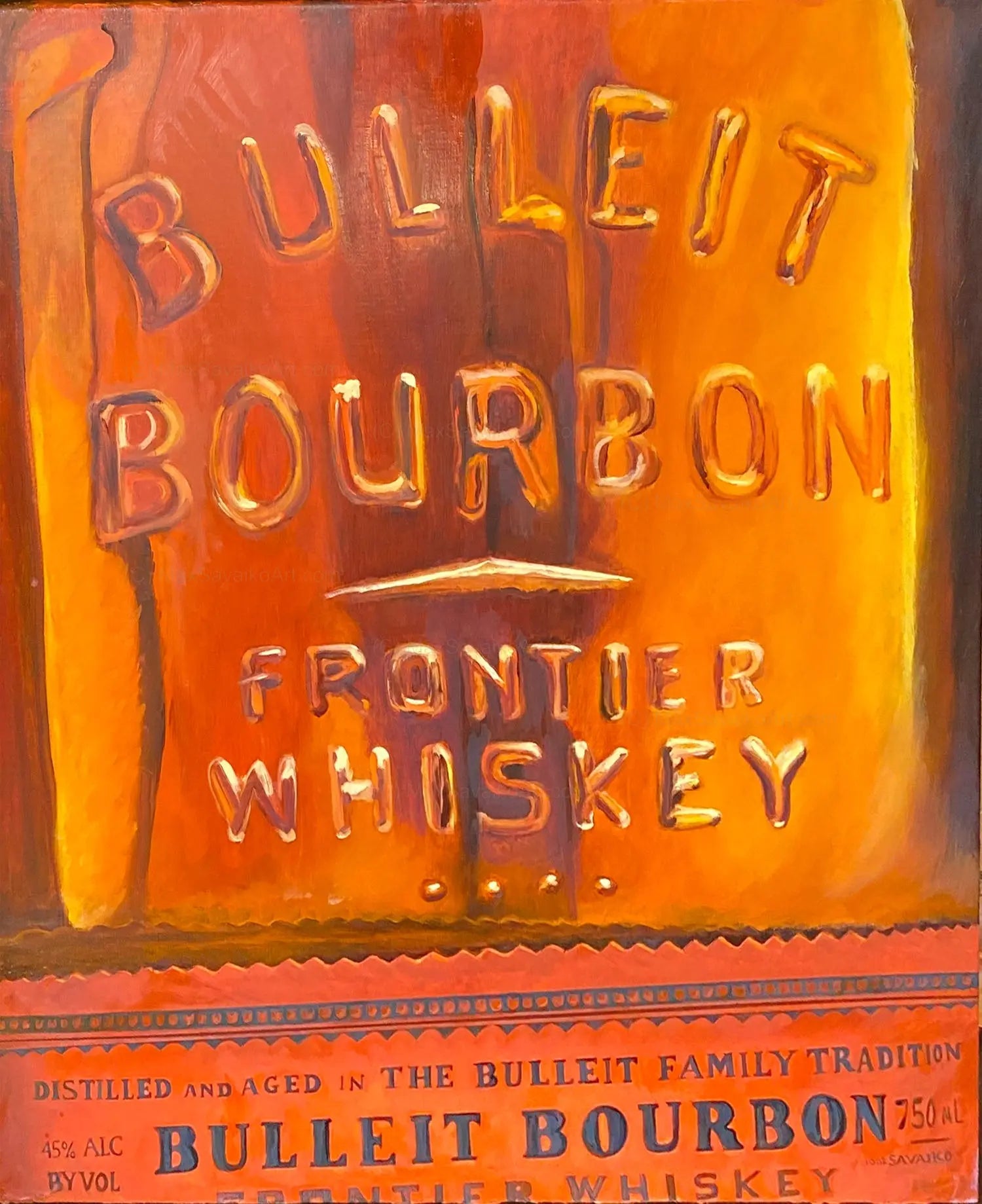Bourbon Art in Contemporary Society: Where Practice Fulfills Innovation
Bourbon Art in Contemporary Society: Where Practice Fulfills Innovation
Blog Article
The Relevance of Whiskey Art in Celebrating Heritage and Craftsmanship in the Beverage Industry
The elaborate relationship in between bourbon art and the party of heritage and workmanship within the beverage sector can not be overemphasized. Via attentively developed tags and bottles, whiskey brand names envelop their historical roots and the artisanal skills that specify their manufacturing techniques.
The Historical Roots of Whiskey
At the heart of bourbon's attraction lies a rich tapestry of historic origins that map back to ancient human beings. The origins of bourbon can be connected to the purification techniques of the Sumerians and Babylonians around 2000 BCE, where very early forms of fermented grain beverages started to arise. It was in the Center Ages that the art of distillation advanced significantly, especially in Ireland and Scotland, leading to the production of scotch as we understand it today.
The term "whiskey" itself stems from the Gaelic word "uisce beatha," suggesting "water of life." This expression underscores the cultural significance of bourbon in Celtic societies, where it was typically related to routines, events, and public bonding. By the 15th century, purification came to be a recognized craft within reclusive communities, leading the means for the facility of legal distilleries.
As profession routes expanded, scotch's appeal grew, going beyond local limits and capturing the rate of interest of lovers worldwide. Bourbon Art. This historical trip reflects not only the craftsmanship behind scotch production but additionally its important role in cultural and social contexts, noting it as a significant drink throughout history
Artistic Expression in Branding
Bourbon branding stands as an engaging junction of creativity and commerce, where visual identity plays a vital function fit customer assumption. The aesthetics of bourbon tags, product packaging, and advertising materials mirror not only the brand's tale yet also its core worths and heritage. Via creative expression, distilleries share a narrative that resonates with consumers, evoking feelings and stimulating links.
The usage of color, typography, and images in branding offers to differentiate items in a saturated market. As an example, standard concepts may evoke a sense of credibility and workmanship, while contemporary styles can represent innovation and forward-thinking. This strategic creative direction enhances brand name recognition and commitment, enabling consumers to forge an individual partnership with the scotch they select.
Furthermore, imaginative expression in branding usually works as an event of local heritage. Distilleries frequently include regional symbols or historical references into their styles, developing a feeling of location that invites customers to take part in a more comprehensive cultural experience. Ultimately, the creativity behind bourbon branding not only boosts visual appeal however likewise enhances the overall story of the brand name, fostering a much deeper recognition for the workmanship and heritage ingrained in each bottle.
Craftsmanship in Container Style
The creativity evident in bourbon branding expands beyond visual identification to encompass the workmanship included in container layout. Each container acts as a vessel not just for the spirit within, yet likewise for the tale it outlines its origin, tradition, and top quality. The style procedure requires meticulous attention to information, as aspects such as material, closure, and form add substantially to the total assumption of the whiskey.
Workmanship in check these guys out bottle layout includes selecting top quality glass that can enhance the scotch's color and clarity, while additionally offering a responsive experience for the consumer. The silhouette of the bottle must be both practical and cosmetically attractive, typically mirroring the heritage of the brand. Several distilleries choose distinct forms or printed logo designs that evoke a sense of credibility and background.
In addition, the tag design and typography play an important role in connecting the brand name's story. Whiskey Art. A well-crafted bottle not only mesmerizes the consumer's eye yet likewise enhances the brand's dedication to top quality and tradition. This way, the craftsmanship of container style becomes an essential element of the scotch experience, combining virtuosity with an extensive respect for heritage
Social Value of Bourbon Art
Commemorating custom and craftsmanship, the cultural value of scotch art goes beyond plain appearances, linking with the historic and social narratives of the regions where it stems. Each container acts as a canvas, illustrating the one-of-a-kind tales, mythology, and practices that have formed regional whiskey-making practices. The elaborate styles typically show the heritage of the distillers, integrating symbols and themes that resonate with the culture and values of their neighborhoods.

Additionally, bourbon art plays a crucial role in common events and celebrations, acting as a tangible link between individuals and their shared experiences. By valuing the artistry in scotch product packaging, customers grow a much deeper understanding and regard for the craft, inevitably enriching their enjoyment of the beverage itself.
Modern Trends in Whiskey Discussion
In the last few years, the presentation of scotch has progressed to show contemporary preferences and trends while still honoring standard workmanship - Bourbon Art. Distilleries are increasingly focusing on visual components that improve the total alcohol consumption experience, bridging the gap in between heritage and modernity
Ingenious container layouts have actually emerged, often integrating lasting products and creative labels that inform compelling stories. Lots of brand names currently team up with neighborhood musicians, instilling their items with special visual expressions that reverberate with consumers. Additionally, navigate to these guys limited-edition launches are typically packaged in collectible containers, adding value and allure for aficionados.

Final Thought
To conclude, scotch art acts as a vital avenue for revealing the heritage and craftsmanship integral in the drink sector. With elaborate branding, cutting-edge bottle layouts, and culturally considerable creative components, whiskey brand names successfully honor their practices and get in touch with customers. This artistic narrative not only boosts the admiration of whiskey yet additionally enhances area identification and pride among producers. Ultimately, whiskey art plays a necessary duty in preserving and commemorating the abundant social tapestry of whiskey-making.


Workmanship in bottle design entails selecting premium glass that can enhance the whiskey's shade and clearness, while likewise providing a responsive experience for the customer. In this way, the workmanship of container style becomes an essential element of the whiskey experience, merging virtuosity with an extensive respect for heritage.
In verdict, scotch art serves as an essential channel for expressing the heritage and workmanship fundamental in the drink market.
Report this page